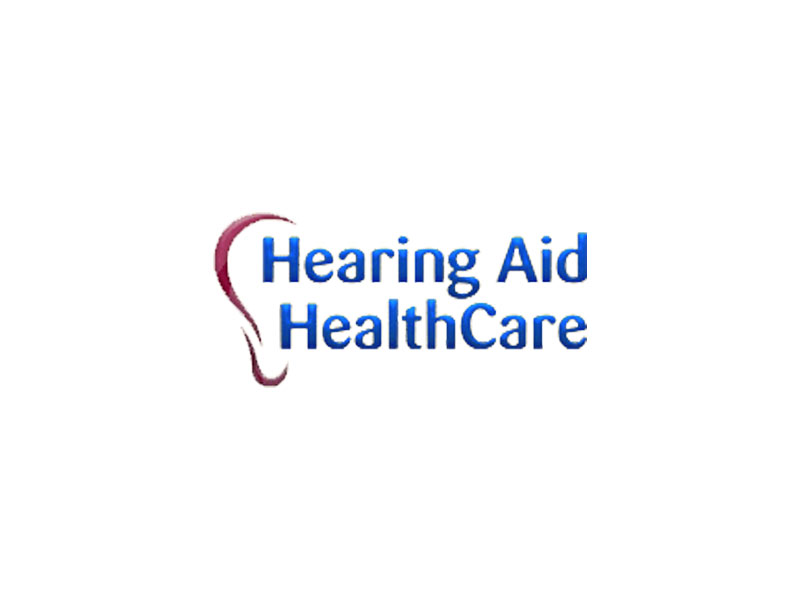Feelings of vertigo, dizziness, and loss of balance are more prevalent than most people imagine; 42 percent of the American population (ninety million people) experience this at least once during their lifetime, and for many the situation becomes chronic. Dizziness is the number 1 reason that people over the age of 75 visit doctors, and falls due to a loss of balance are the leading cause of serious injury and death in people over the age of 65.
Approximately three-fourths of these cases of loss of balance and dizziness are caused by peripheral vestibular disorders that affect the inner and middle ear, such as vestibular neuritis, acoustic neuroma, labyrinthitis, perilymphatic fistula, benign paroxysmal positional vertigo (BPPV) and Ménière’s disease. These disorders cause abnormalities in the delicate areas of the inner ear that disrupt our ability to maintain and control our sense of balance. Although most cases of chronic vertigo and dizziness occur in adults, the condition can affect kids suffering from it even more, because they are so active that a lack of balance can prevent them from engaging in sports or other activities.
There are surgical and drug treatments for these conditions, but one of the alternative therapies is called Vestibular Rehabilitation Therapy (VRT), a form of physical therapy that uses specialized sets of movements to stimulate and retrain the vestibular system. The Vestibular Rehabilitation Therapy exercises are individually prescribed for each patient’s symptoms and complaints, but in general they consist of gait training, eye exercises and head movements designed to reduce symptoms and improve stability. The goals of Vestibular Rehabilitation Therapy are to improve balance, minimize falls, decrease the subjective experience of dizziness, improve patients’ stability when moving or walking, improve coordination, and reduce the anxiety they often feel as a result of their condition.
For many people suffering from bilateral or unilateral vestibular loss and the conditions described above, VRT has often been shown to be effective in reducing their symptoms. Several studies have confirmed VRT’s effectiveness in patients who did not respond to other treatment methodologies. On the other hand, VRT is not as likely to be beneficial if the underlying cause of vertigo or dizziness is due to transient ischemic attacks (TIA), low blood pressure, reactions to medications, migraine headaches or anxiety or depression.
It is difficult to provide a general overview of the VRT exercises because they are individually tuned to and prescribed for each patient. But most of the exercises involve therapist-led movements of the head and body to help your brain and body retrain themselves to compensate for the erroneous information they are receiving from their inner ear, and thus regain control over their balance and equilibrium. If you have experienced long-term symptoms of dizziness or vertigo, consult a balance specialist and ask for more information. You can also get more information from the pamphlets and training materials provided by the Vestibular Disorders Association.
What is Vestibular Rehabilitation Therapy (VRT)?
The site information is for educational and informational purposes only and does not constitute medical advice. To receive personalized advice or treatment, schedule an appointment.
